Shared Ground: Building Neighborhood Systems Together
(2023-2025)
Context: Two connected projects transforming underused sites owned by Indianola Presbyterian Church (IPC) in the University District of Columbus Ohio—a co-designed public green space with IPC and residents, and a collaborative food waste drop-off developed with OSU, SWACO, and OSU Zero Waste.
Role: Facilitated co-design workshops with 80+ residents for the park and managed cross-sector coordination and student design for the drop-off site.
Outcome/Impact: The pocket park launched in 2024 and the food-waste drop-off in 2025, together creating spaces for gathering and sustainability while modeling how design can connect residents, institutions, and city systems.
Before
In the University District—Columbus’s densest and most transient neighborhood—residents, local organizations, and city agencies faced overlapping challenges: limited public gathering space, waste overflow, and inconsistent stewardship of shared areas.
Underused land around Indianola Presbyterian Church offered an opportunity to create a community spaces, while the absence of a food waste drop-off revealed a gap in the city’s growing Save More Than Food drop-off network.
Together, these needs pointed to a larger opportunity: activating small sites to connect people, place, and city systems.
Process
The University District Organization led two coordinated design efforts to address these needs, each supported through unique funding and partnerships.
Through six co-design workshops with 80+ residents and stakeholders, the Foster Community Pocket Park was designed and built in 2024 with 614 Beautiful grant funding jointly secured by UDO and IPC—turning a vacant lot into a green space that reflects neighborhood identity through seven custom benches shaped from the district map.
In parallel, UDO partnered with SWACO, OSU Zero Waste, and OSU Design to create the University District Food Waste Drop-Off.
OSU Design students developed the site’s design through the OSEP-funded launch led by Professor Maria Palazzi, while UDO provided project management—coordinating stakeholders, property access, and implementation logistics. The site’s ongoing operations are sustained by SWACO.
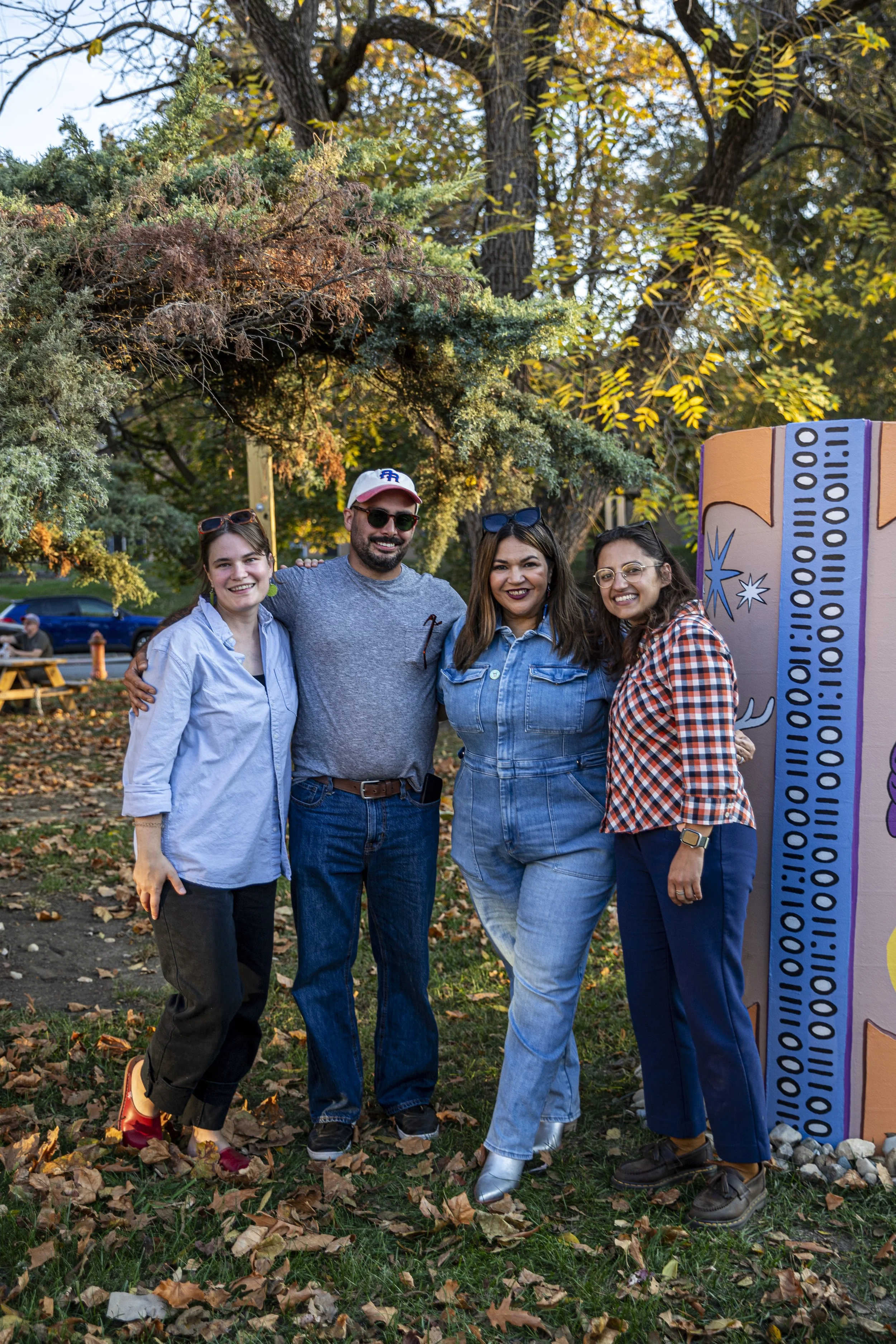
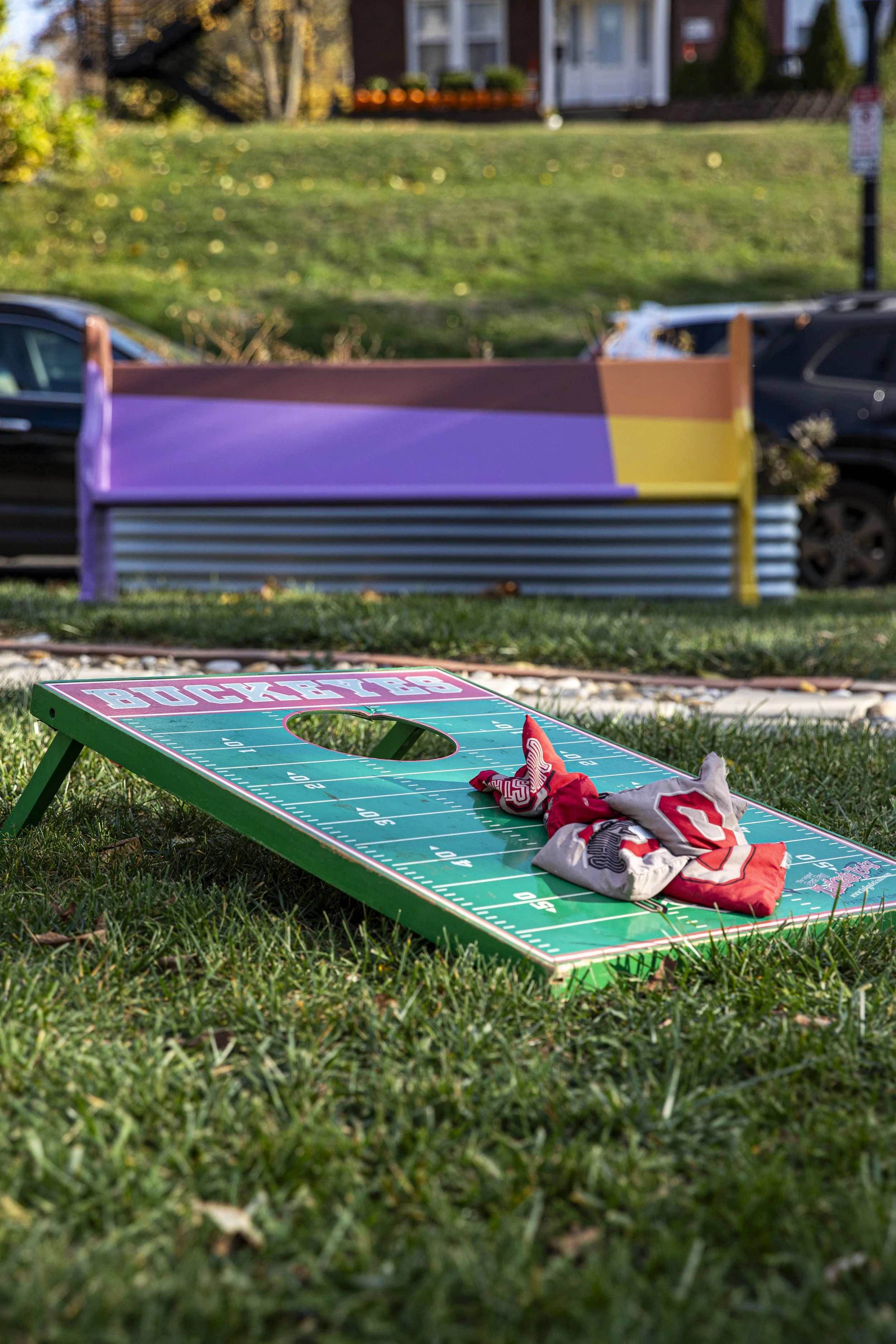
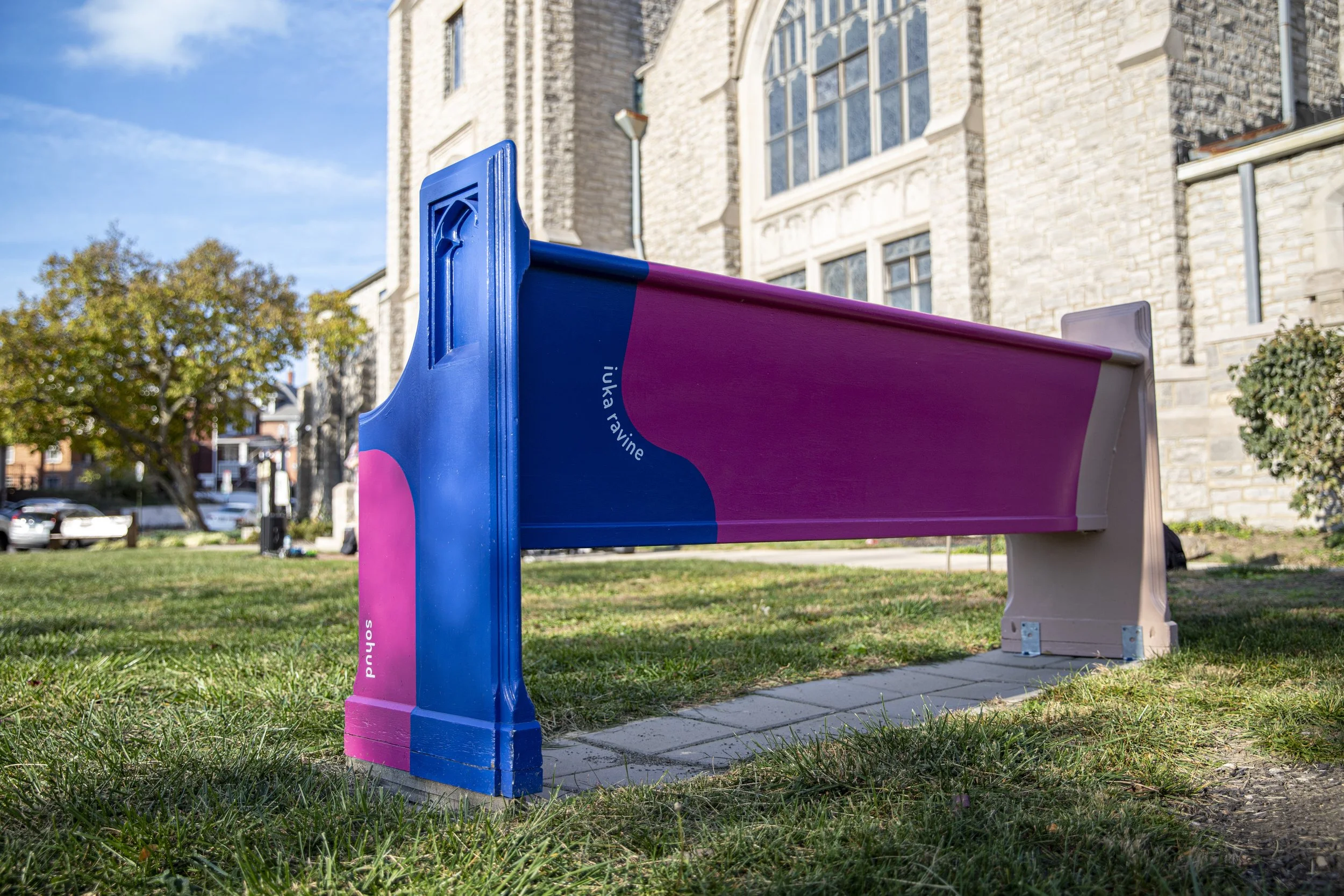
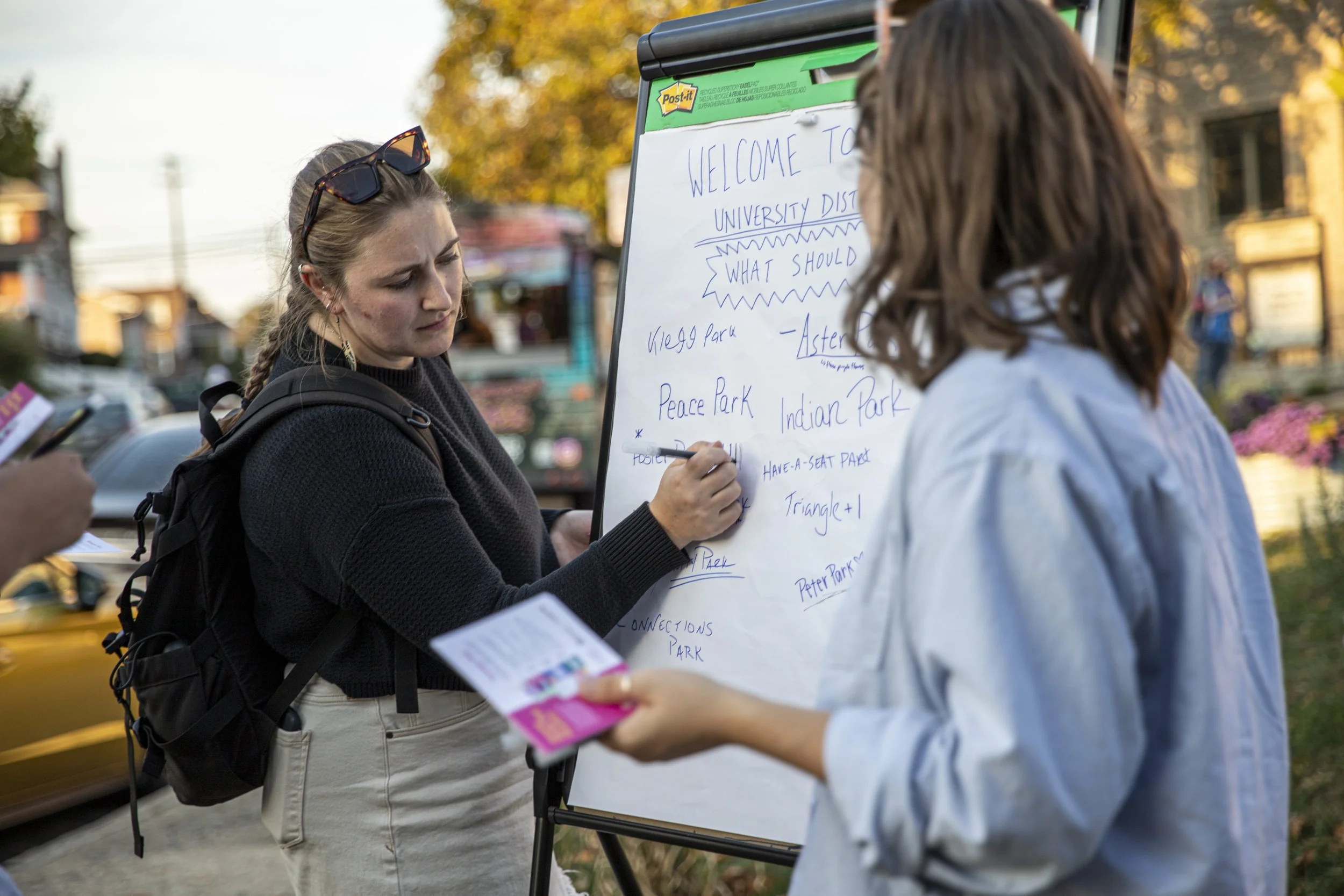
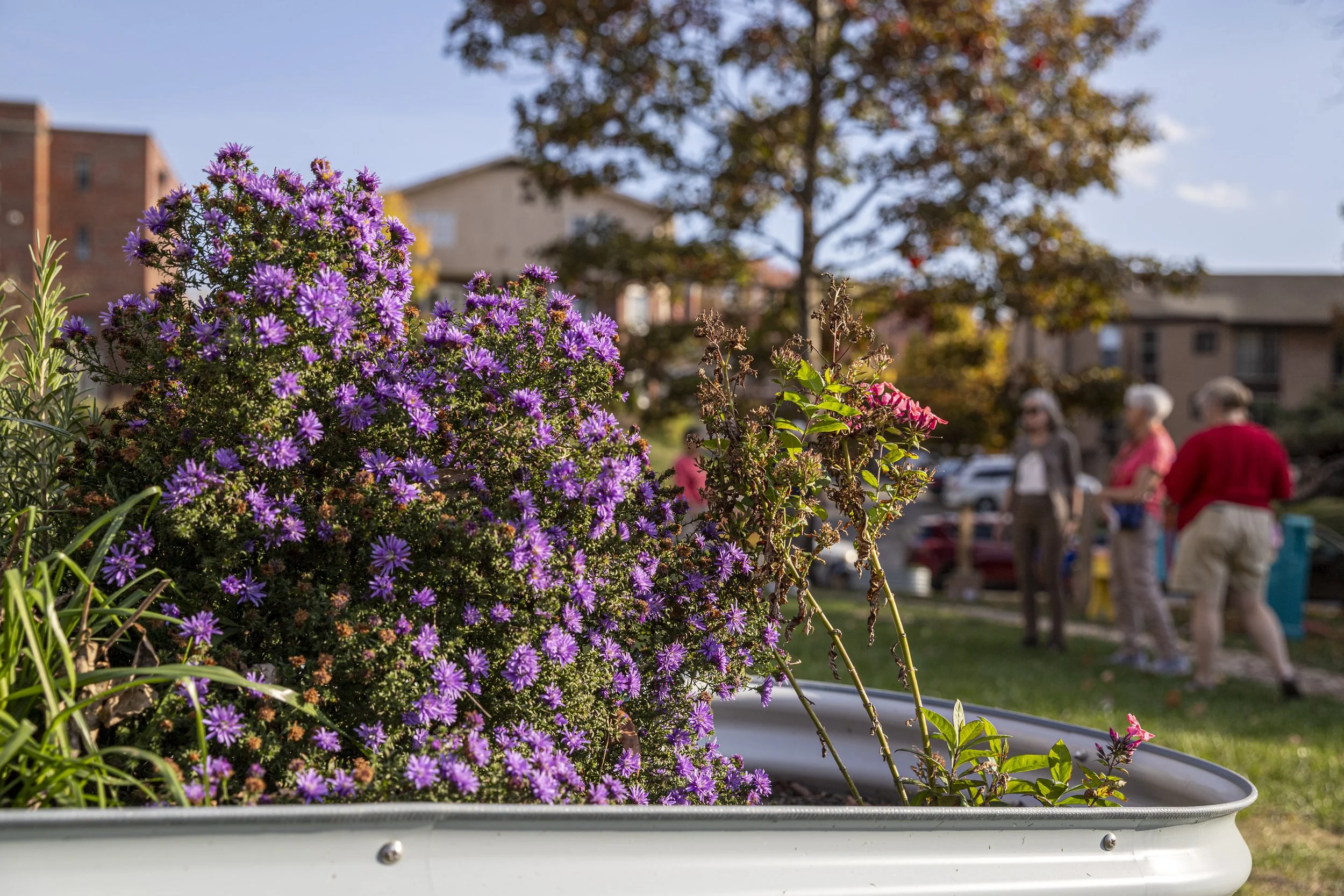
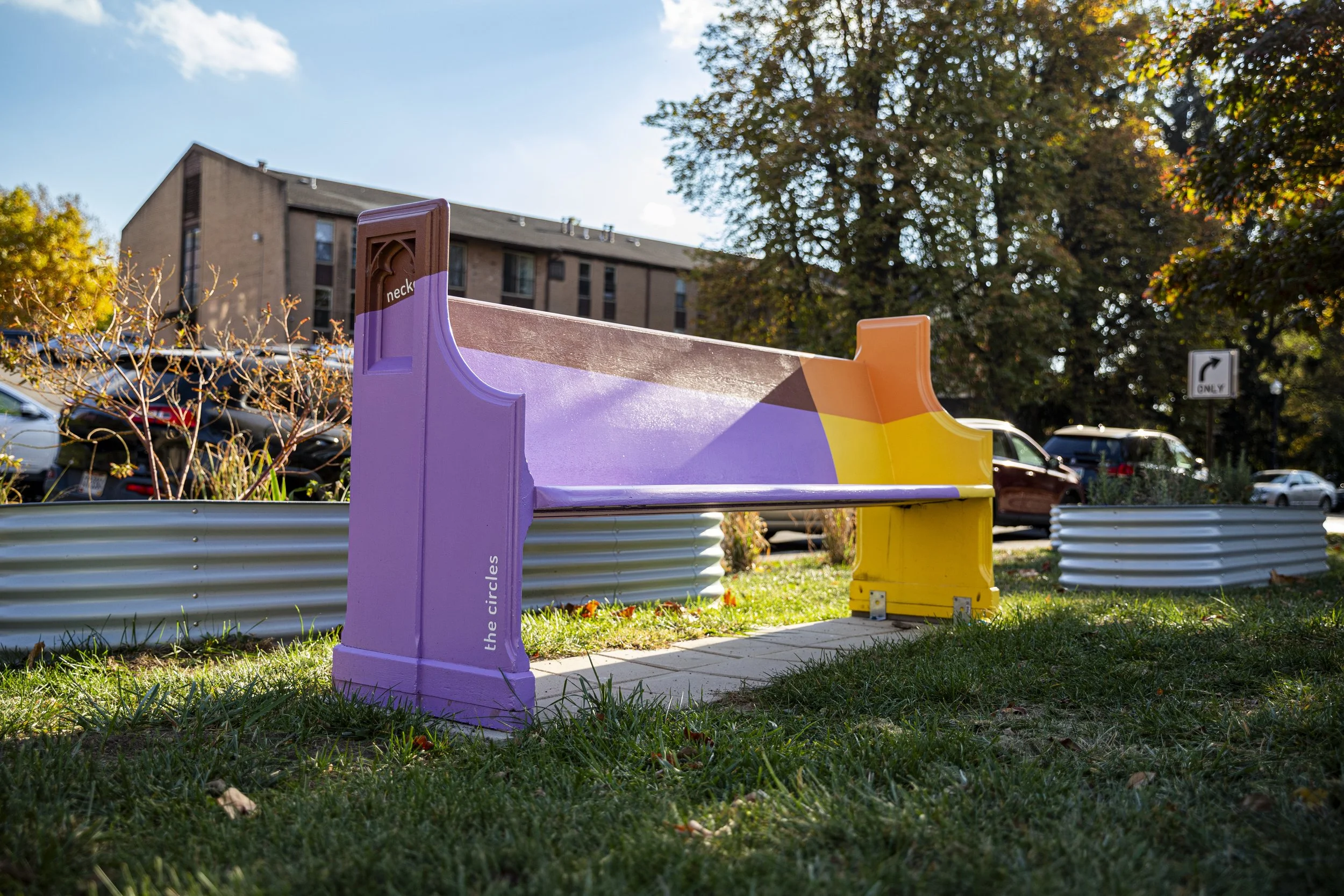
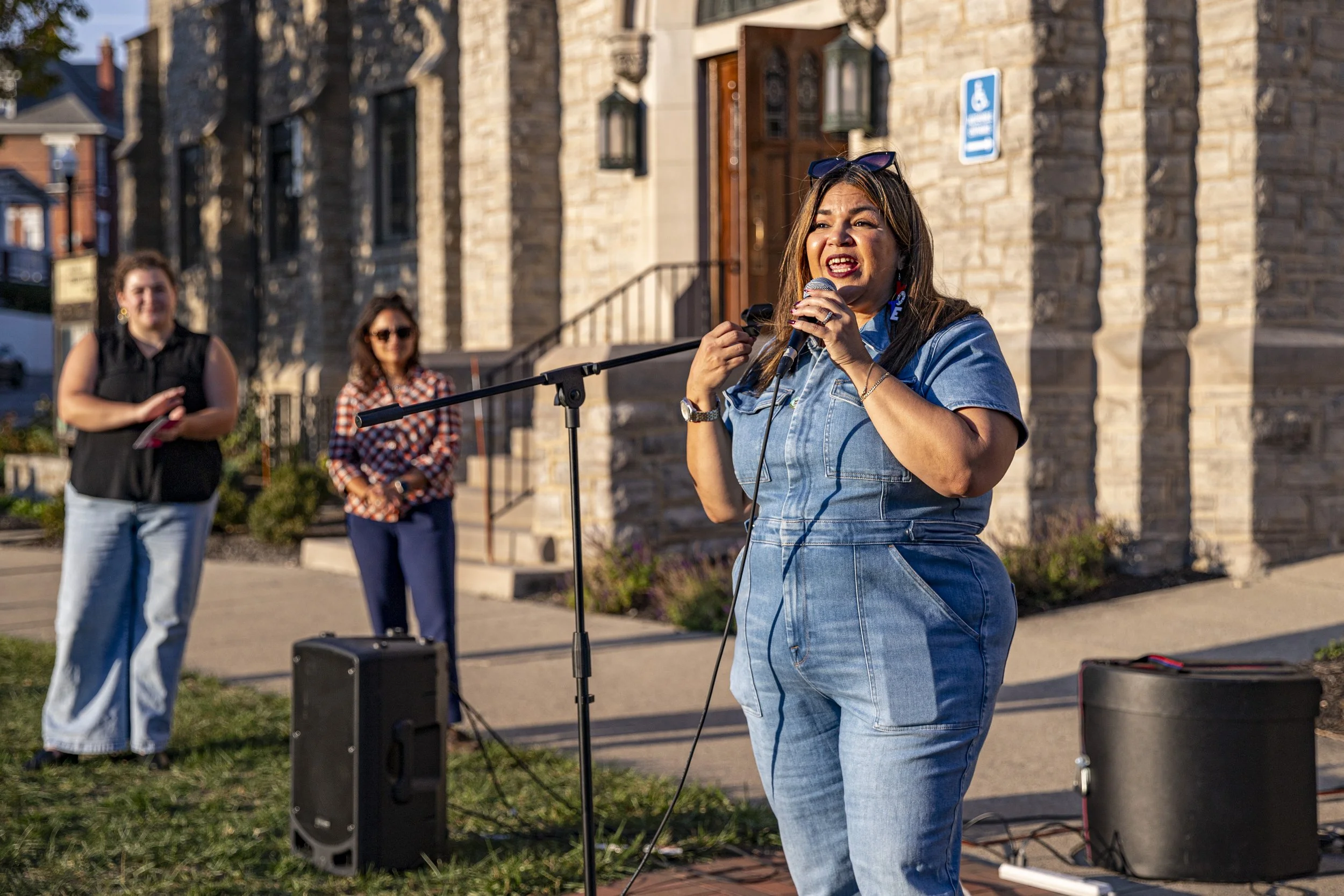
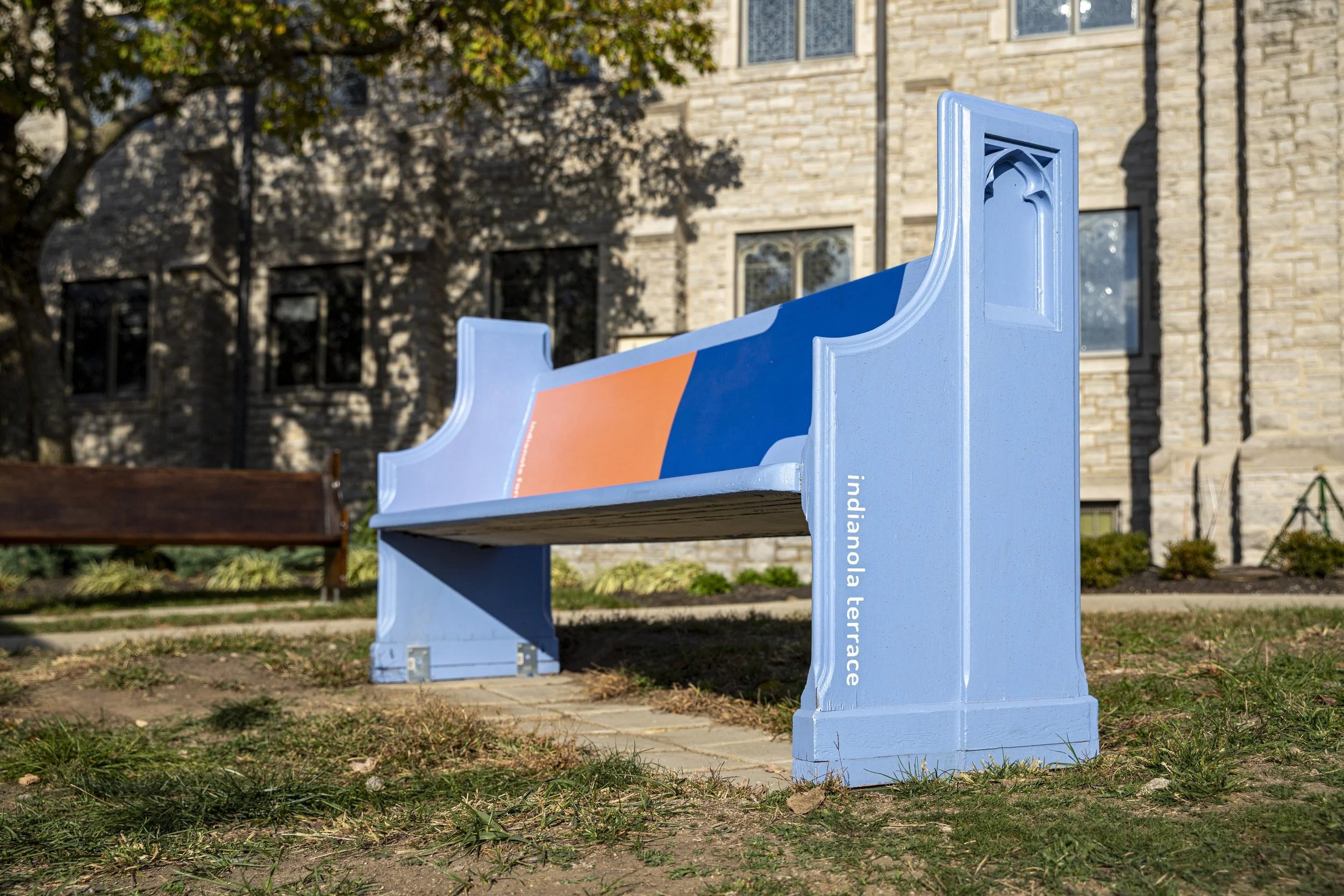
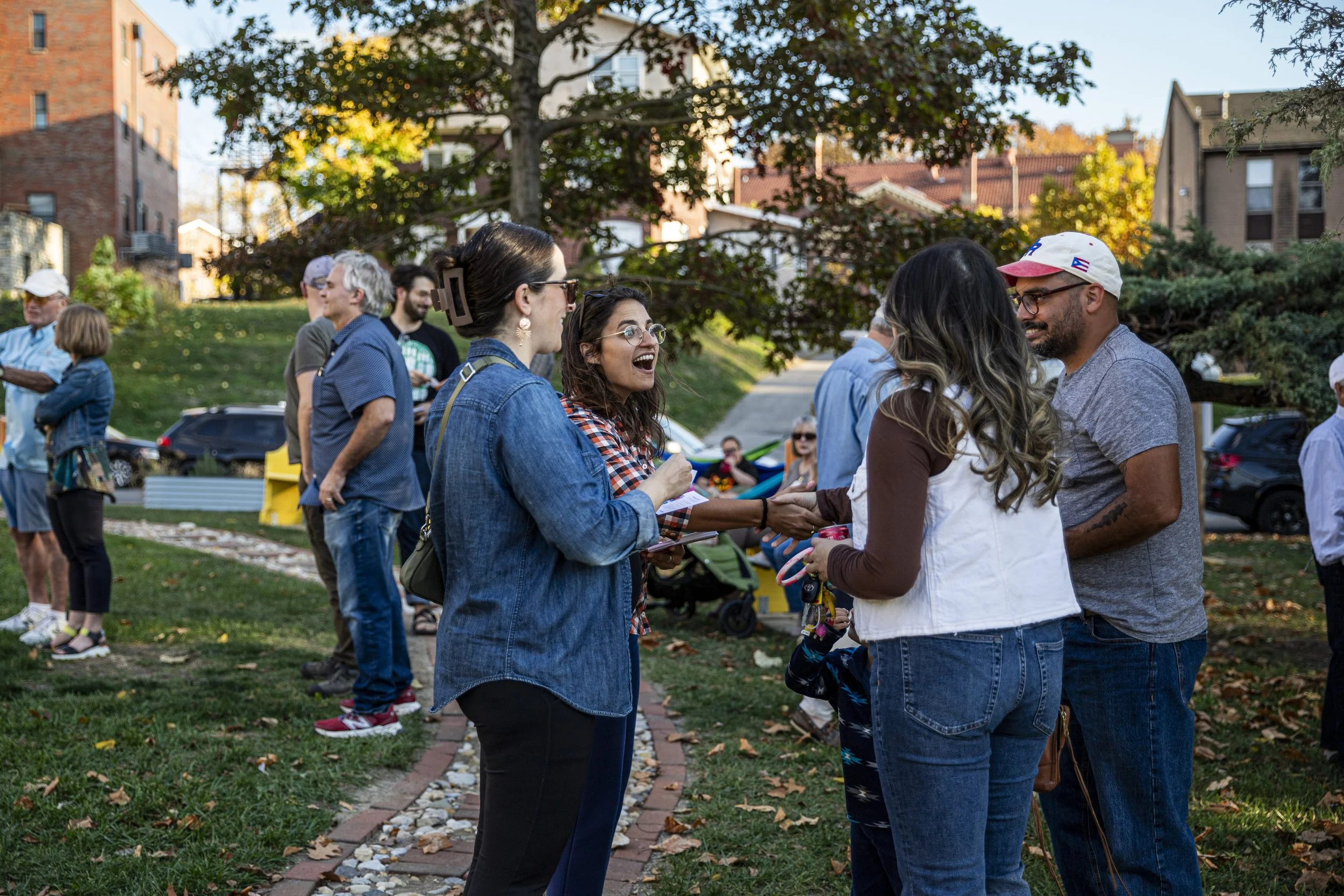
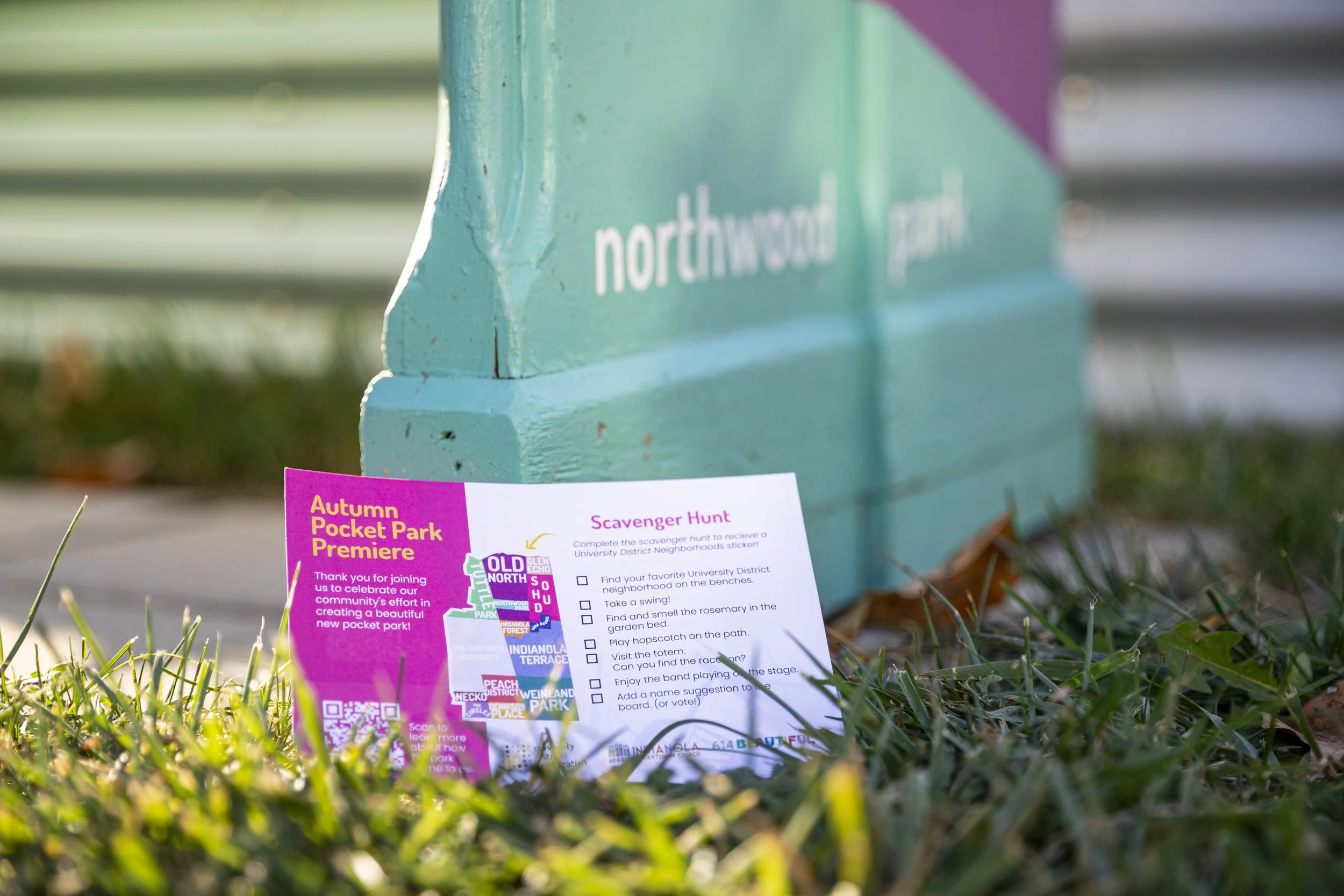
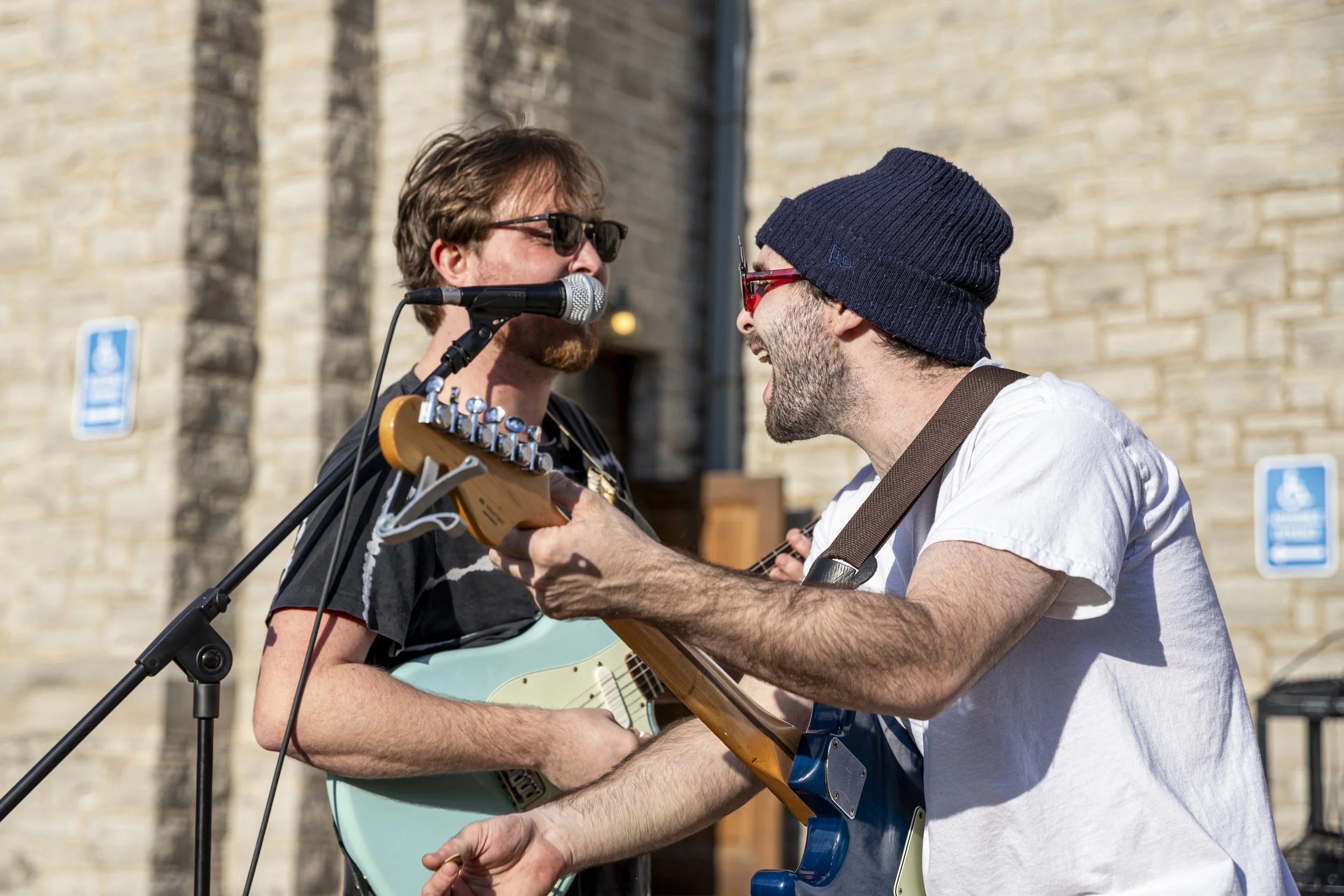
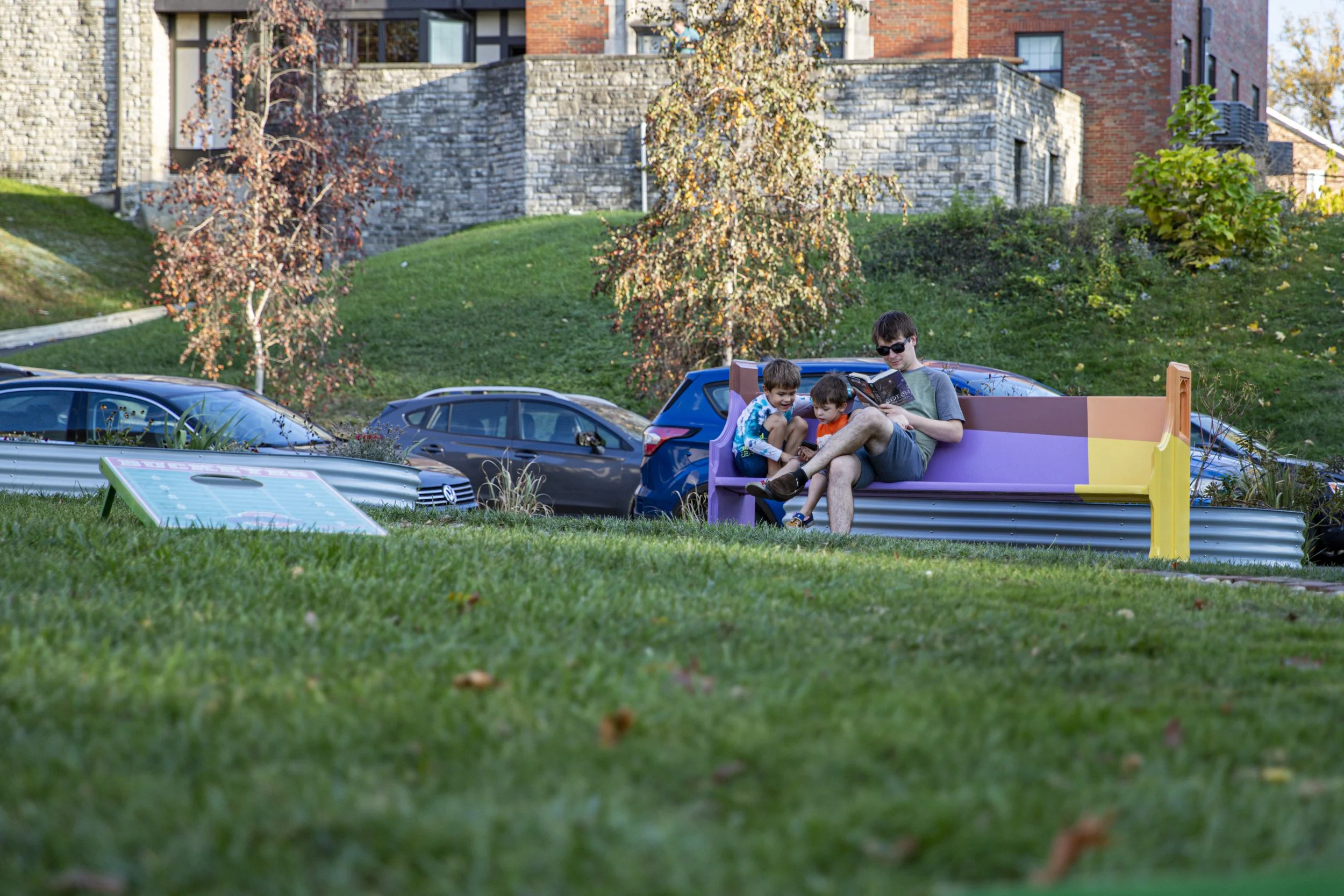
Stakeholder Involvement
By serving as connector and catalyst, we aligned partners and residents around a shared goal: building connected public spaces that strengthen a holistic neighborhood system.
Together, we transformed underused sites into tangible expressions of community and sustainability.















